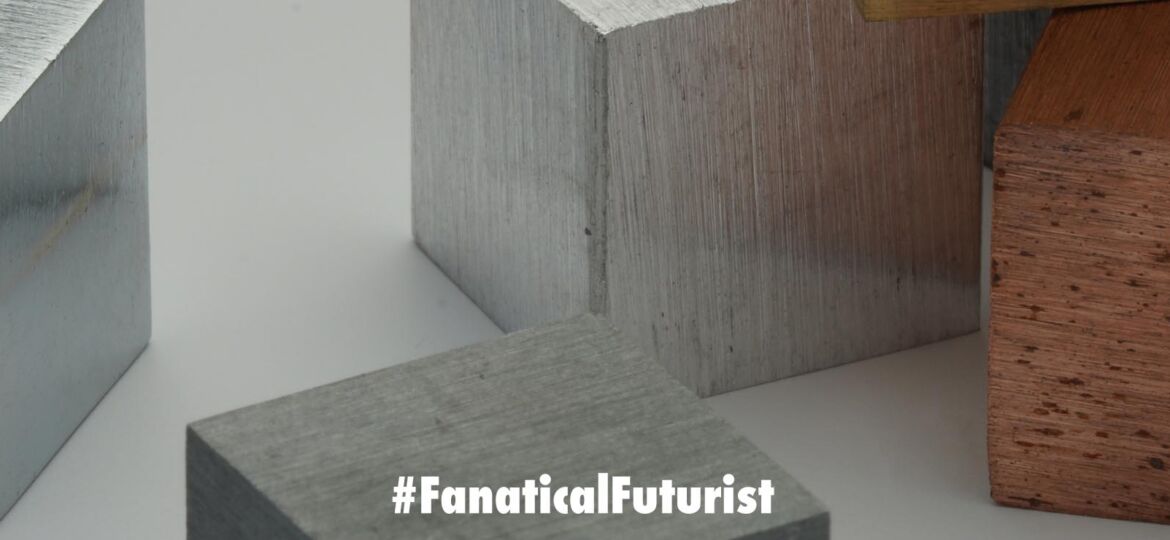
WHY THIS MATTERS IN BRIEF
As aircraft and rockets, as well as other things, get faster and more demands are put on them we need new materials that can handle the temperatures and stresses.
 Love the Exponential Future? Join our XPotential Community, future proof yourself with courses from XPotential University, read about exponential tech and trends, connect, watch a keynote, or browse my blog.
Love the Exponential Future? Join our XPotential Community, future proof yourself with courses from XPotential University, read about exponential tech and trends, connect, watch a keynote, or browse my blog.
It’s not every day one comes across a piece of news claiming a new material has been discovered or created – even though increasingly AI is getting better and faster at doing it. This is why as soon as something called NASA Alloy GRX-810 people were instantly intrigued. At the forefront of space exploration for decades, NASA doesn’t limit itself at building rockets and training astronauts to fly them. The organization is also heavily involved in research in several fields, including new materials and super alloys.
This week, the guys from the Glenn Research Center announced the creation of the said Alloy GRX-810. That would be an oxide dispersion strengthened (ODS) alloy meant to be used to make components and parts used in aviation and space exploration.
The Future of Aluminium, by Keynote Speaker Matthew Griffin
The metal, at least at first glance, is super strong. We’re told it is capable of withstanding temperatures of over 2,000 degrees Fahrenheit (1,093 Celsius), and, compared with other state-of-the-art materials, it’s twice more likely to resist fracturing, three and a half times more flexible, and can survive 1,000 times longer under stress at high temperatures which makes it ideal for hypersonic applications such as jet engines, rockets, or Mach 17 presidential aircraft like the Quarterhorse.
Unsurprisingly the material was created using a 3D printing, a process that could also make it very cost effective from a production standpoint, and the benefits of using Alloy GRX-810 go way beyond its characteristics. Combined its traits will allow, when used in a jet engine, for instance, to achieve lower fuel burn and lower operating temperatures, hence lower maintenance costs.
“This breakthrough is revolutionary for materials development. New types of stronger and more lightweight materials play a key role as NASA aims to change the future of flight,” said in a statement Dale Hopkins, deputy project manager of NASA’s Transformational Tools and Technologies project, the program that gave birth to the alloy.
At the time of writing, the space agency is tight-lipped when it comes to when and for what we’re likely to see Alloy GRX-810 used first but it’s yet another step in making the materials of the future which will then help usher in things like the transportation of the future and much more.
















